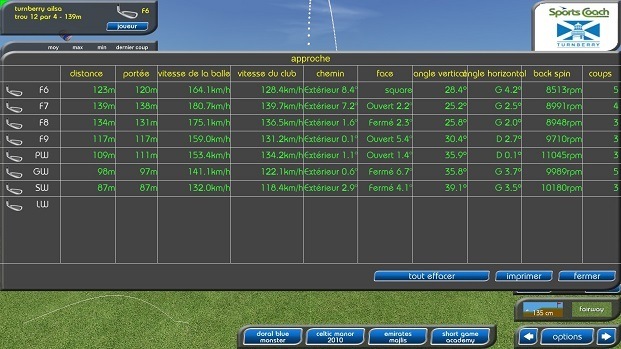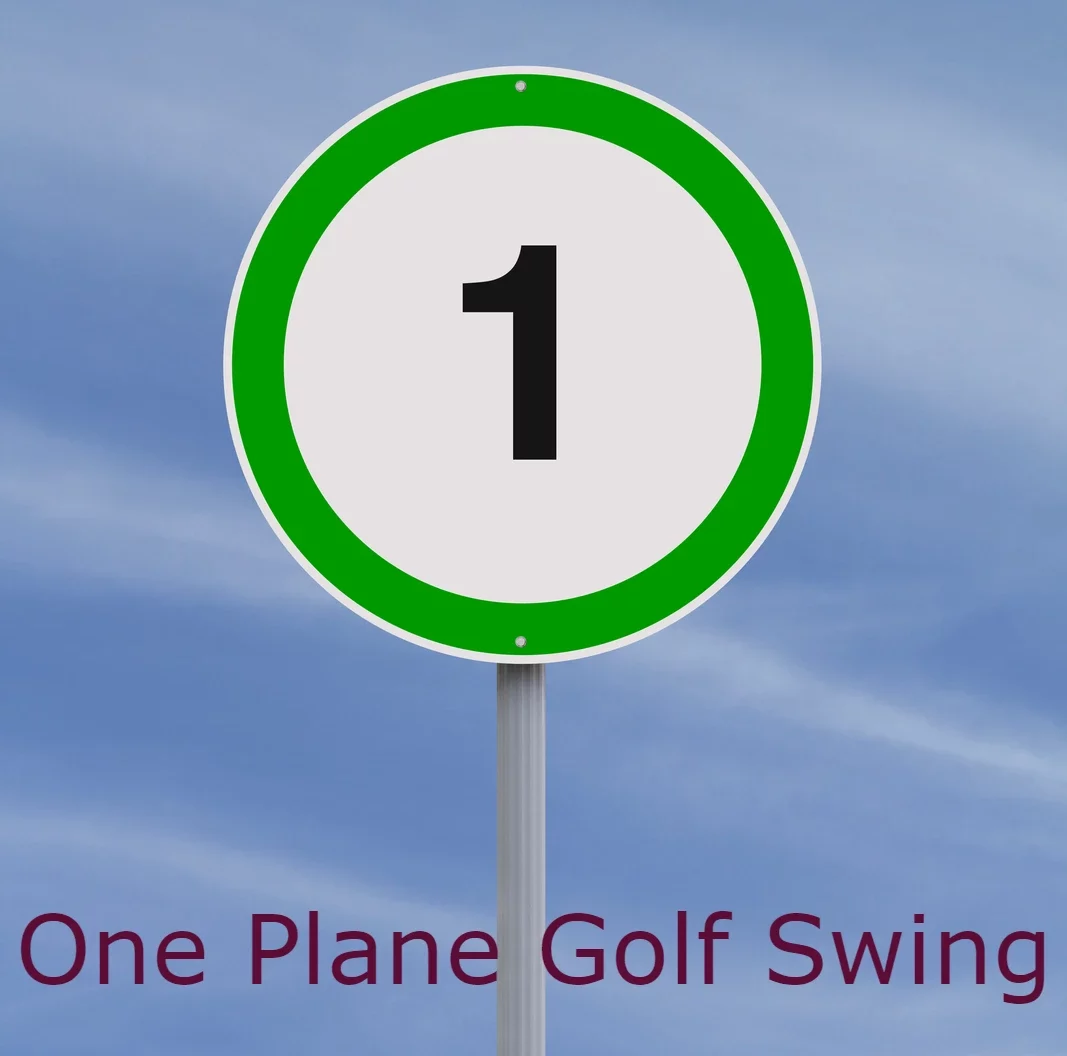Single length irons have stirred up quite the buzz in the golf world, and for good reason. Essentially, these clubs are all crafted to the same length, weight, and lie angle. That means, every swing feels the same whether you’re using a 4-iron or a pitching wedge. Pretty nifty, right?
While they might seem like a new invention, single length irons actually have roots digging all the way back to the 1980s. The recent resurgence? It’s all about simplifying the game and making golf less of a headache. Think Bryson DeChambeau; he’s been all over these clubs, and with his success, it’s no wonder folks are intrigued.
The main draw is consistency. With single length irons, you’re not constantly adjusting stance or swing based on which iron you’re playing. This uniformity can make a big difference in refining swing mechanics and boosting your ball striking.
You might be wondering how these compare to the usual suspects—traditional variable length irons. While traditional irons have different lengths to supposedly help with trajectory and distance, that variance can trip people up, especially for amateurs trying to get a consistent feel.
When you listen to pro golfers who’ve embraced single length irons, there’s plenty of enthusiasm about performance consistency and reduced complexity. It’s like hitting the easy button for your golf game. So, if you’re looking to streamline your swing and possibly elevate your game, single length irons might just be worth a look.
Embracing a Minimalist Golf Set: Half and Simple Set-ups
Going minimalist isn’t just a hip trend—it’s a smart way to play golf without all the fuss. And when you strip it down, a half set of clubs or even just a simple setup can be a game-changer for many. Imagine the freedom of not lugging around a dozen clubs and focusing on core skills instead. Sounds liberating, right?
Let’s talk half sets. It’s all about finding that sweet spot between having the essentials and trimming the excess. You’re looking at essential clubs like a driver, a few irons, maybe a hybrid, and a trusty putter. This setup forces you to get creative and adaptable on the course.
Why go minimalist, though? For starters, it clears up mental clutter. With fewer clubs, there’s less decision paralysis, letting you focus more on technique and execution. Plus, it makes walking the course—or just maneuvering a lighter bag—that much easier.
Designing a basic irons-only setup can be a fantastic challenge. The key is versatility. You want clubs that can handle various situations from fairway lies to tricky greenside chips. It’s about mastering a few tools instead of juggling many.
And then, there’s the beauty of listening to stories from fellow golfers who’ve swapped out their hefty bags for something simpler. Many find they’re not only enjoying the game more but also seeing improved performance. There’s something about simplifying that lets you connect more deeply with each swing and shot.
Practical Tips for Transitioning to Single Length and Minimalist Sets
Thinking of making the shift to single length or a minimalist golf setup? It’s a move that can redefine your approach to the game, but where to start? Here’s the lowdown on easing into this transformation, ensuring it’s smooth as butter.
First off, decide if these setups fit your play style and goals. Single length irons might be your ticket if you’re after consistency and simplicity. If you’re bogged down with too many clubs, a minimalist set can help you refine your focus and game strategy.
Transitioning to single length irons isn’t about dumping your entire bag. Consider easing in. Maybe start with a half set of single length clubs. As you get the hang of it, expanding becomes easier and less stressful.
Be prepared for a learning curve. Switching to single length or a pared-down set challenges ingrained habits, but that’s part of the thrill. Focus on establishing a consistent, repeatable swing that works across your new clubs.
Effective practice routines are key. Spend time at the range or on the course figuring out which shots you’ll hit most often. Practice with intent, focusing on how each club interacts across different lies and distances.
Keeping balance, accuracy, and strength in your swing is crucial with any setup change. Strength training could help maintain performance, preventing any loss of distance due to adaptation.
Seek advice and share experiences with golfers who’ve walked this path. Real stories and practical tips from fellow players can offer invaluable insights, making the switch less daunting and more empowering.



